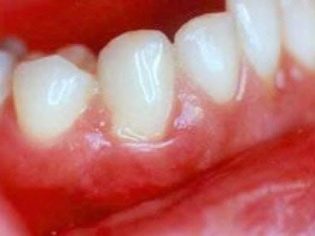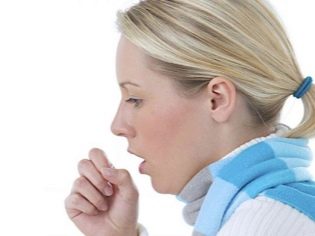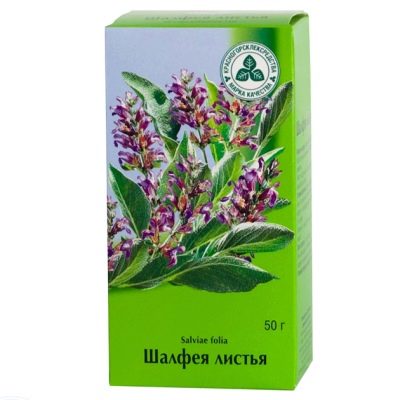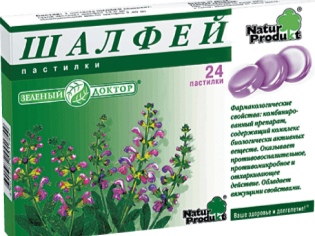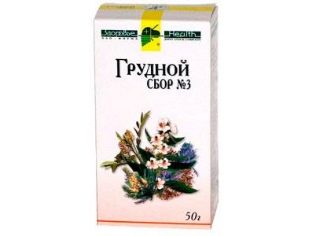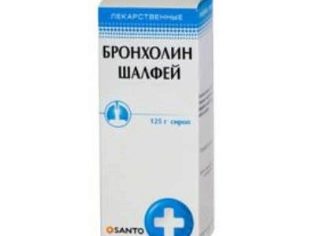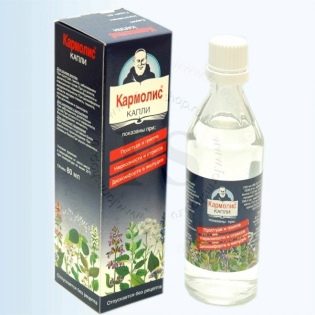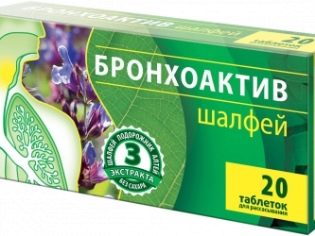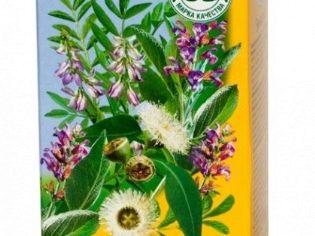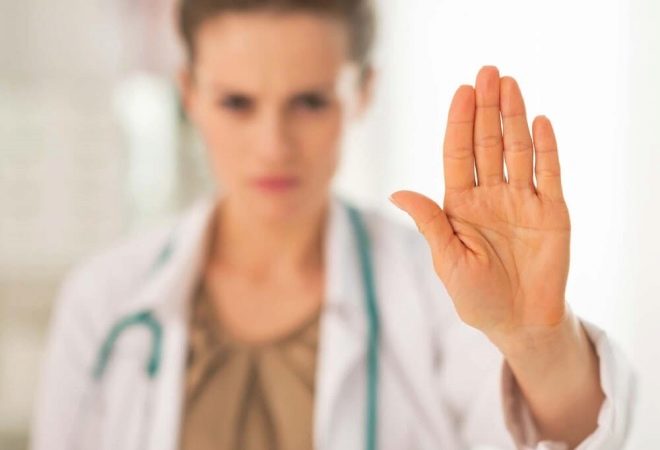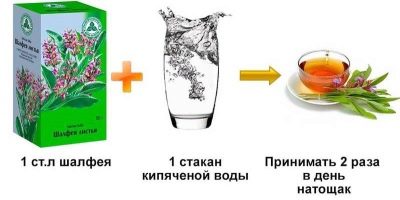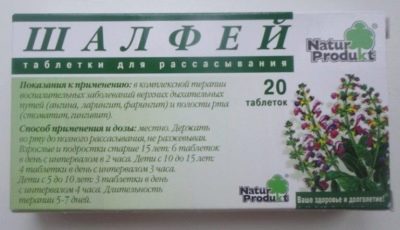Features of sage for children
If a child’s mouth has become inflamed or a sore throat has begun, the doctor may prescribe a sage-based antiseptic. This plant is in demand in the practice of ENT doctors and dentists, has a lot of useful properties and a wide range of uses.
Medicinal properties
Sage leaves contain many valuable compounds, among which are flavonoids, phytoncides, vitamin P, ursolic acid, gum, essential oils, bitterness, and so on.
Thanks to such substances, this plant is capable of:
- seal the epithelium, reduce the permeability of the membranes in the cells and walls of blood vessels, which leads to anti-inflammatory effect;
- act on pathogenic bacteria (including Staphylococcus aureus), as well as inhibit certain viruses and pathogenic fungi;
- have an astringent effect;
- relieve cough due to expectorant action.
Forms of release
In the pharmacy you can find products in which sage is the only component. Usually it is the crushed leaves of the plant, to which a small amount of stalks, flowers and petioles are added. Such raw materials have a green color with a gray or brown tint, as well as patches of yellow, white, brown and other colors. It has a fragrant smell, and the cooked brew has a slightly astringent, spicy-bitter taste.
Dry Ground Sage Available in packs of 30, 35, 50, 75, 100 or 300 grams. Some manufacturers pack it in special filter bags of 1.5 grams of dried plants in each. Such packages are sold for 10, 20 or 24 pieces in one box.
Another option for sage-based drugs are pills "Sage" from the company "Valeant". Such an antiseptic contains dry extract and oil extracted from sage, and sorbitol, honey flavor, malic acid, dyes, aspartame, and other compounds act as auxiliary substances. The drug has a round shape and a green-bluish tint. It is packaged in blisters of 10 pieces, and one package includes 10-50 tablets.
The same manufacturer offers “Sage” in the form of pastilles. They contain the same active ingredients in the same doses, but additionally there are eucalyptus oil, menthol, glucose syrup, citric acid, sugar, anise flavor and water. Themselves round lozenges, yellow-greenish, sold in packs of 2, 6, 10, 12 and more pieces. Such lozenges are not medicine, and belong to dietary supplements.
In addition, there are means in which sage is only one of the active ingredients.
- "Chest collection number 3". The expectorant effect of such a herbal preparation is due to crushed plants, including marshmallow, anise, licorice, sage and pine buds. Infusion from such a collection is allowed from 12 years of age.
- "Bronkholin Sage". This syrup, in addition to sage oil, also contains ephedrine and glaucine, so it has antitussive action and is able to expand the bronchi. Children are prescribed this drug at 3 years.
- Karmolis. The composition of such drops, phytogel and lotion contains sage oil, to which other oils are added, for example, pine, lavender, anise, rosemary and eucalyptus. Drops in childhood do not use, and with lotion they treat the skin with pains in muscles, joints, injuries and neuralgia from the age of 12. But phytogel is used even in infants for lubricating gums when milk teeth erupt.
- "Stomatofit". Such a solution, demanded in dentistry, includes extracts from oak bark, chamomile, arnica, calamus, sage, mint and thyme. At children's age it is applied from 6 years.
- "Sage Bronchoaktiv". These tablets include extracts from sage, plantain and althea, as well as vitamin C, chlorophyll and menthol. Children are given only by doctor's prescription.
- "Elecasol". This herbal remedy is made from licorice, sage, series, chamomile, marigold and eucalyptus. The infusion prepared from it is given to drink, used for inhalations, lotions or rinses from the age of 12.
When is prescribed?
Sage is especially needed for inflammation in the oral cavity, for example, if a small patient has stomatitis or gums have become inflamed. This plant effectively deals with tonsillitis, laryngitis and other diseases of the throat.
In the form of rinses, its water infusion is allowed for children over 12 years old. Tablets for resorption "Salvia" are discharged from the age of 5, and lozenges are used only from the age of 14.
Sometimes doctors prescribe an infusion of sage and for external use, for example, wash the eyes with conjunctivitis or make applications for long-term non-healing wounds.
Possible harm
Preparations with sage can harm people with hypersensitivity to such a plant, therefore, with a tendency to allergies, they should be used very carefully. If there is a risk of a negative reaction, it is better to test and, in the absence of allergic symptoms, continue to use sage as recommended by the doctor.
Other side effects, except for allergies, sage is usually not noted. However, if the dose is too high (for example, if you brew more dried plants than recommended by prescription), tachycardia, vomiting, or tinnitus may occur. When buying “Sage” in pills, one should also remember such contraindications for this sweet preparation as fructose intolerance and phenylketonuria.
Instructions for use
If shredded sage leaves are used, then an infusion is prepared from them. To do this, take a tablespoon of raw materials and pour 200 ml of water. The mixture is placed in a water bath and held there for 15 minutes, after which the vessel is removed from the heat. After cooling the solution to room temperature, it is filtered, squeezing sage, and then boiled water is added to make 200 ml.
When using sage in sachets, you need to take 3-4 bags and pour 100 ml of boiling water, then infuse the liquid for about 15 minutes, squeeze out the bags and add boiled chilled water so that the volume of infusion is 100 ml.
Prepared from crushed sage infusion is used in different ways:
- wash the skin and make lotions;
- used for rinsing the throat;
- add to the bath, including bathing newborns;
- do inhalations (not in the nebulizer, and steam);
- combine with milk and honey and give to drink.
The most in demand rinses that hold a warm infusion 3-5 times a day. For one procedure, use half a glass of funds, and this treatment lasts up to one week.
If not freshly prepared preparation is used for rinsing, but it has been previously brewed, then the liquid should be shaken up.
"Sage" tablets are placed in the mouth and hold, not biting or chewing, until the drug is completely resolved. A child of 5-10 years old is given a remedy every 4 hours, but not more than three tablets per day, at 10-15 years of age - at intervals of 3 hours, but a maximum of 4 tablets. For adolescents older than 15 years, the use of every two hours is recommended, but not more than 6 pieces per day. Usually such a drug is prescribed for 5-7 days.
“Sage” in lozenges use from 3 to 6 pieces per day, slowly dissolving in the mouth. The duration of the use of such dietary supplements is 2-3 weeks.
Purchase and storage
You can buy dry sage leaves or Valeant preparations without a prescription. On average, for 20 filter bags you need to pay 70-100 rubles, for 20 tablets - about 170 rubles, and for 12 lozenges - about 140-180 rubles.
Dried sage in a box or bags is valid for up to 2 years from the date of manufacture.Keep it at home is advised away from moisture at a temperature not higher than +25 degrees. The solution prepared from such raw materials can be stored in a cool place for up to 2 days. Shelf life lozenges and tablets for sucking - 3 years.
Reviews
In most reviews of sage leaves, this remedy is called effective and inexpensive. The advantages of infusion include ease of use, pleasant taste and smell, and among the minuses mention a weak effect with a strong cough and pain, as well as a long reception.
See the next video for more details on the beneficial properties of sage.

